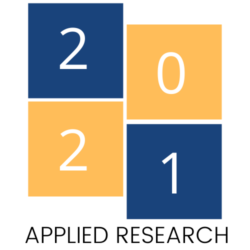Relationship-based Farming: Biodynamic agriculture as an innovative approach for rethinking our food system—Viola Taubmann
Cow manure that has fermented in the soil over the winter while stored in a cow horn is mixed with water and stirred vigorously for one hour, regularly changing directions. This mixture is then applied to the soil in minuscule amounts before sowing to encourage healthy root growth. Sounds like a magic potion? This is Read more about Relationship-based Farming: Biodynamic agriculture as an innovative approach for rethinking our food system—Viola Taubmann[…]









